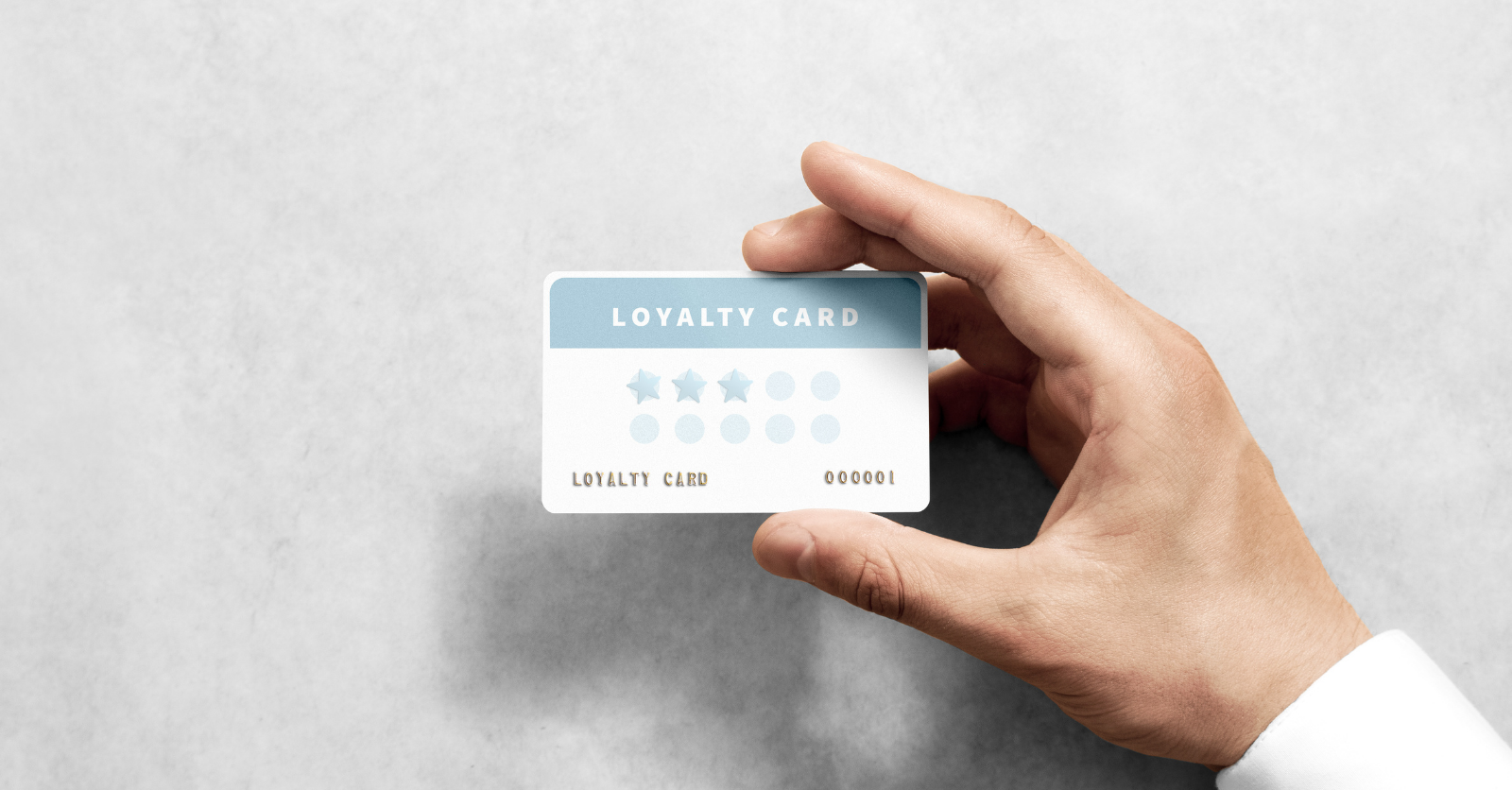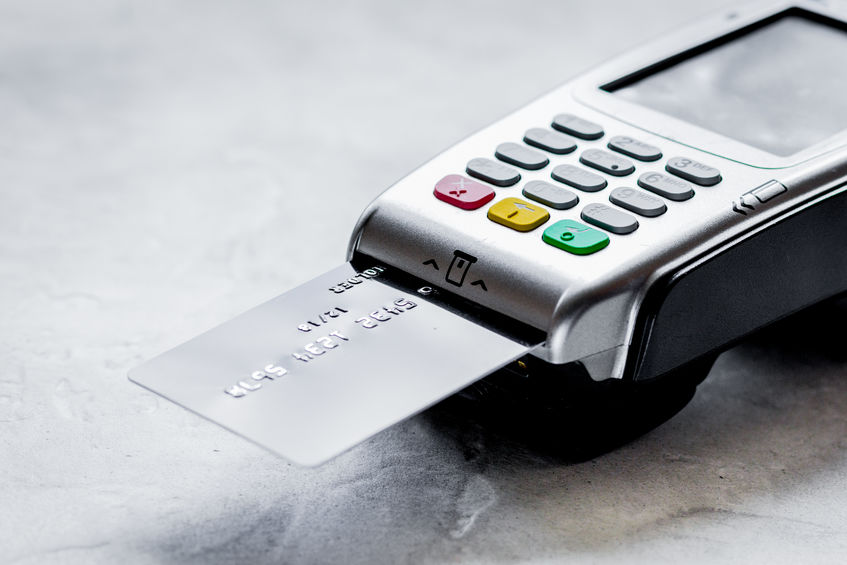Successful Loyalty Model in Merchant Payments
Have you ever stamped a card in anticipation of a free coffee? Presented a swipe card to gain points towards your next gallon of gas? Signed up for a payment card offering a percentage of your purchase back? If so, you’re already very familiar with customer loyalty programs.
Loyalty programs represent a great way to generate repeat customers while simultaneously building a long-term brand relationship, and their effectiveness is demonstrated by their sheer ubiquity across all of retail. Today, customers expect loyalty programs, and failure to offer one could result in lost sales to your competitors who are offering those all-important points.
Luckily, getting your own loyalty program up and running doesn’t have to be hard. But, with that being said, there are some major considerations you need to work through upfront to ensure both maximum adoption and the largest possible financial benefit for your business, which is always the long-term goal. And that goal is very realistic, as boosting your customer retention by as little as 5% has the potential to boost profits by up to 95%, making it clear why loyalty programs are so valuable in the modern retail environment.
Major Considerations When Developing a Loyalty Program
A poorly thought out loyalty program may be ineffective at best and has the potential to be financially disastrous at worst. That makes planning both the scope and the management of any new program extremely important. While major corporations like Starbucks and CVS put an enormous amount of thought and analysis into their programs to ensure they understand their profitability down to the cent, for the average small or medium-sized merchant, the key factors to consider are how customers will earn their loyalty points, how they can spend them, and how to handle the logistics of program delivery.
How will your customers earn points?
How your customers earn points is of crucial importance, because it’ll help influence both the adoption and the profitability of your new program. The biggest question when determining this all-important aspect is how broad your program will be in relation to point-generating purchases. For instance, an extremely broad program would allow your customers to earn points on everything they purchase in your store – effectively making the points almost a type of cashback incentive. This is the kind of program you’ll find at a store like CVS, in which “ExtraCare” points earned are based entirely on dollars spent (not factoring in any bonuses available on sales.)
A narrower program might only see your customers able to earn points on certain brands or products, namely the ones you’re most interested in nudging out the door. That could mean either offering points on your most profitable products to try to incentivize customers to purchase them, or it could mean offering points on products you’re looking to move as quickly as possible, like clearance items. For instance, Nintendo offers a loyalty program in which its players can earn online points for game purchases, but not on the purchase of add-on content. The company has determined offering the points on add-ons would be either ineffective, unprofitable, or both, so those items are excluded from the program.
How will your customers redeem points?
Redemption strategies are equally important because if you don’t plan out your redemptions carefully, you could end up losing your shirt. Merchants offering broad collection often offer equally broad redemptions, and protect against potential losses by limiting the value of points significantly and by limiting the way points can be combined with other offers, like clearance sales.
The other way to keep redemptions in check is to keep them relatively narrow. For instance, merchants offering “buy X, get X”-style programs need only calculate how much profit they’re willing to forgo on each purchase in order to fund the redemptions. For instance, if a coffee shop knows they can stand to lose ten cents on each one dollar cup, they could offer a “buy 10, get one free” program to their customers and sleep well at night knowing the program can’t ever get away from them.
The tradeoff is the scope of redemption for the value of points. If you choose to offer a broad redemption program covering most or all of your products, it’s crucial to ensure your point values are modest enough to cover you regardless of what a customer might spend them on. Going narrow is easier, and allows you to offer more juicy rewards on each purchase, but it may result in lower adoption rates.
How will you manage and administer the loyalty program?
The final major consideration is the logistics of actually administering your new loyalty program. This is driven primarily by two factors: the complexity of your earning and redemption model, and the technology or partnerships available to you.
Complexity is important because it will dictate the level of technology you’ll need to employ to make everything work. On the simplest end, “buy X get one free” style punch or stamp cards have been in use since the dawn of retail loyalty programs. While simple and effectively zero-maintenance, they offer major drawbacks like lack of customer flexibility and an almost total lack of security. On the other hand, largescale, multiple-location, or multiple-vendor programs using magstripe cards offer the ultimate in flexibility and security, but also represent a more complex technological requirement as well.
Most merchants will find the sweet spot for their programs somewhere in the middle, and luckily, many of today’s most common payment systems are fully equipped to handle custom loyalty and gift cards. But understanding the limits of your POS or other payment systems is crucial to ensure you can offer the most seamless program possible.
Another great option is to reach out to your merchant services provider to find out how they can help you get your program set up. BAMS merchants, for instance, have access to comprehensive gift card and loyalty program support, ranging from assistance and advice on getting started, to loyalty-capable hardware and software systems, to custom printed cards.
But, regardless of how you go about setting up your program, or what kinds of rewards you choose to offer to your customers, one thing is certain – in 2020 and beyond, customers expect loyalty offers, so don’t wait to begin giving them what they want.




